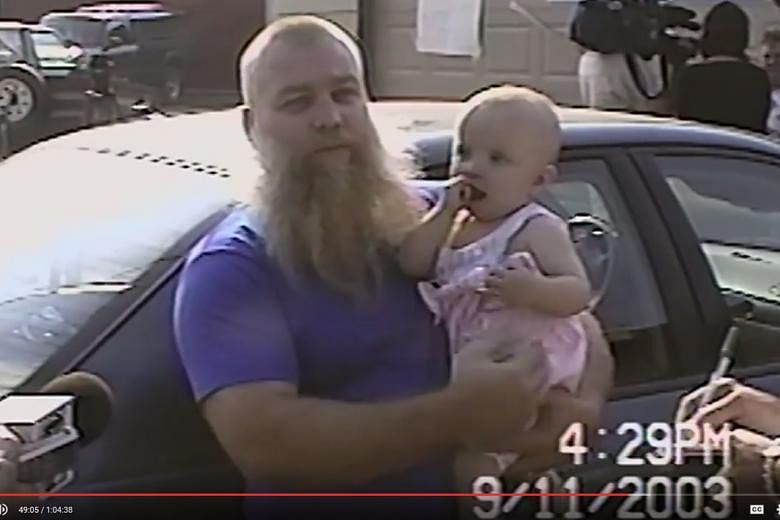NEW YORK • In 2003, Steven Avery, a Wisconsin man who had served 18 years in prison for sexual assault, was exonerated through DNA evidence.
The victim in the original crime apologised to him and a state bill devised to minimise such wrongful convictions took his name. The high-profile case became a calling card for the Wisconsin Innocence Project, a local version of the national non-profit body devoted to helping those wrongly accused.
Two years later, Avery was again arrested and charged with a new crime - murder.
Despite his claims that he was being framed by officials because of his US$36-million lawsuit against county officials over his previous conviction, he was found guilty and is now serving a life sentence.
Avery's saga is the subject of Making A Murderer, a new 10-part Netflix documentary that became available last week.
The creators, Ms Laura Ricciardi and Ms Moira Demos, spent a decade following the case, compiling a riveting true crime story that arrives after HBO's critically acclaimed series The Jinx and the hit podcast Serial.
Making A Murderer diverges significantly from both, however.
Unlike The Jinx, about the strange tale of real estate heir Robert Durst, there are no artful re-enactments of grisly deaths. And where Serial, which explored the 1999 murder of a Maryland high school student, leaned heavily on the likeable voice of its host, Sarah Koenig, the Netflix series does not use narration.
Instead, it relies on title cards, interviews, news reports and hour upon hour of courtroom and police interrogation footage.
In its meticulous assemblage of almost 700 hours of footage, the series is, as The New York Times puts it, "immersive, compulsive and unpredictable, but also exhausting".
In 2005, Ms Ricciardi, 45, and Ms Demos, 42, were graduate film students at Columbia University who had been dating for two years. In the midst of planning their individual thesis work, they read about Avery's case in an article in The Times and thought it could be an opportunity to shoot a documentary.
That December, they travelled to Manitowoc, Wisconsin. They arrived at a preliminary court hearing overflowing with news media and onlookers.
After his release, Avery had become a local celebrity.
His re-arrest for murder made him notorious. At the hearing, he was steadfast about his innocence.
"Because trials are inherently dramatic, we knew we could come out and shoot it verite-style," said Ms Ricciardi. "What we hadn't anticipated was the depth and breadth of what we would uncover along the way."
In January 2006, they moved to Manitowoc, making occasional trips to New York to earn money to support the nascent project.
Ms Demos worked as a lighting electrician on television productions and films while Ms Ricciardi, who was a lawyer before film school, procured hourly legal work.
They gained a number of emotional interviews from the Averys, who opened up to them. The film-makers credit this to what they saw as their more tempered approach to interviews, as opposed to what they describe as the invasive approach of some news stations.
Three years into production, they met executives from HBO, PBS and various networks. But at the time, those networks lacked an appetite for such projects.
The two continued to work on it, but it was not until they submitted a rough cut of three episodes with a proposal to Netflix in 2013 that they got results - a meeting with Netflix executives and ultimately distribution on that service.
The company saw something in the footage. "What was clear was that they were going to need a platform where the series could unfold in the well-paced, immersive way the story demanded," said Ms Lisa Nishimura, vice-president for original documentary programming at Netflix.
Initially conceived as an eight- episode series, it was expanded to 10.
And where once a serialised true crime story of this length might have turned off viewers, Making A Murderer slides right into a space that has been cleared for it.
"With the amazing success of The Jinx and Serial," Ms Demos said, "Thank God it took us 10 years to pull this together."
NEW YORK TIMES

